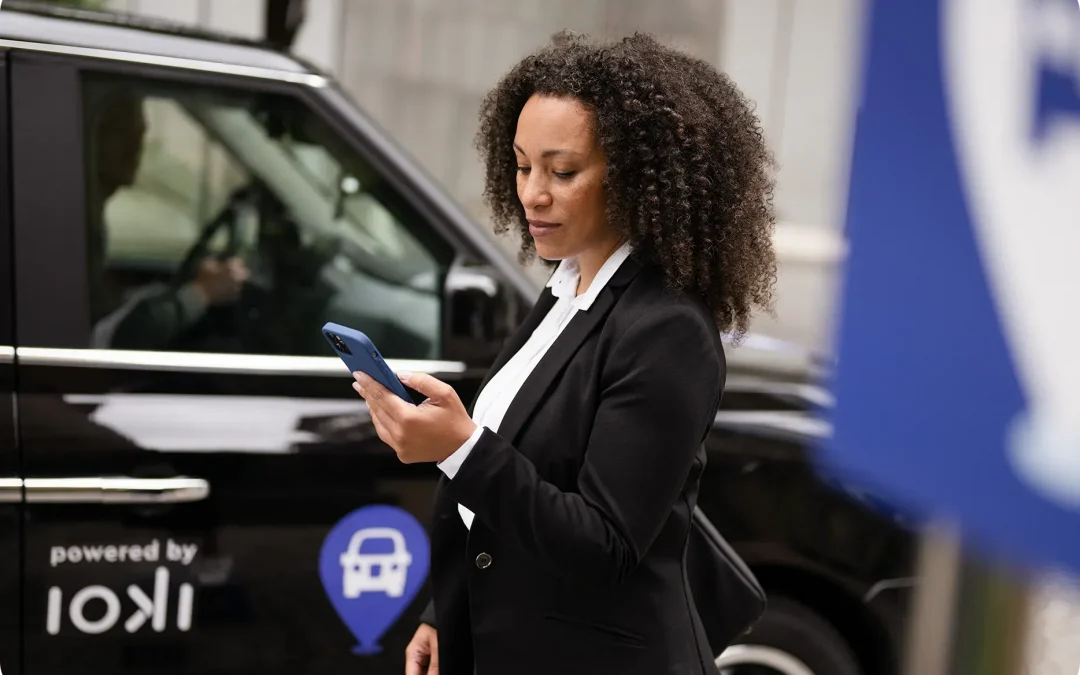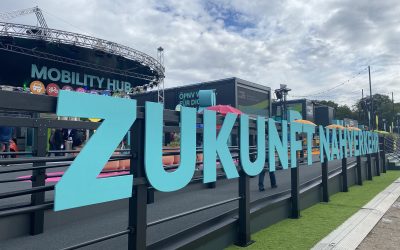What is a model region and what is it about?
A model region is an area where real-world laboratories for integrated everyday mobility are developed and implemented. The goal of these real-world labs is to make public transport more attractive and promote a shift in transport towards more sustainable mobility solutions.
What role has ioki played in this project?
As part of this project, ioki carried out an in-depth mobility analysis, taking into account the future rail network in Saarland. A special focus was on the train stations to find out what potential there is for bike+ride and park+ride. The possibilities for on-demand transport in rural areas were also examined. Additionally, the Mobility Analytics & Consulting team from ioki identified unattractive connections in the state network and analysed how PlusBus connections could better link these stations.
What were the key findings of the analysis?
The results of the analysis clearly show: Smaller stations in particular offer great potential for park+ride and on-demand solutions. Medium-sized stations, on the other hand, are excellently suited for bike+ride stations. Particularly in sparsely populated regions, there are unsuspected optimisation opportunities for public transport. Targeted PlusBus connections between certain municipalities can also significantly reduce travel time.
What happens next?
The results of the analysis serve as a basis to identify the right locations for the next steps. In real-world labs, new mobility solutions are being tested under real conditions. The focus is on the expansion of bike+ride stations at train stations, the introduction of on-demand transport in rural areas, and the establishment of PlusBus connections. These measures are being implemented exactly where the potential is greatest – and in this way, the mobility of the future can take shape today.



